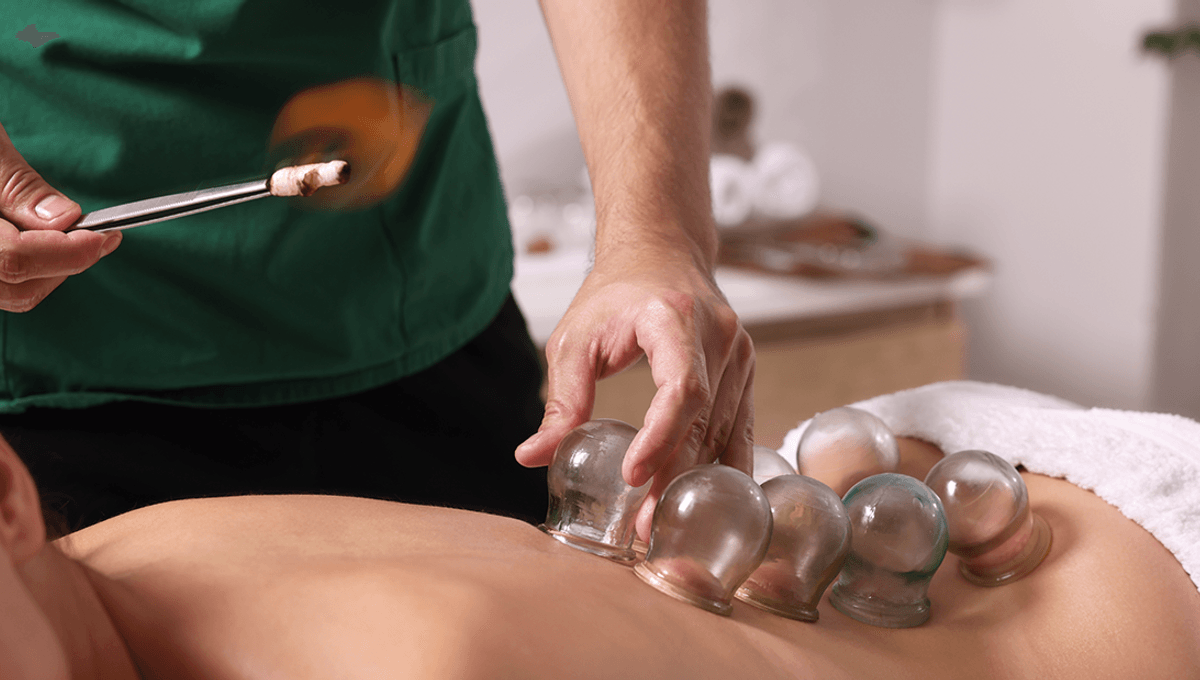
If, like us, you’ve been glued to the Olympics coverage, then you can’t have helped but notice a series of dark bruised circles on the backs of some of the medal hopefuls as they line up for the pool – but what are they? And do they offer any extra competitive or health benefit? We explore the culprit, in the form of a practice known as cupping.
What is cupping?
Cupping is an ancient therapy involving small vessels or “cups” that are placed on the skin to draw fluid into the area. In some versions of the practice, animal horns can even be used to achieve this.
A vacuum is used to pull the skin upwards into the cups. This causes the capillaries in the skin to break, leading to the bruise-like effect that we see on the swimmers. The vacuum can be created using a flame, or in more modern practice, the use of suction. The cups stay in place for between 5 and 15 minutes; this is thought to draw more blood into the area, aiding in healing and even the breaking up of scar tissue, though this is scientifically unproven.
There are two forms of cupping, known as dry cupping and wet cupping. In wet cupping, minor incisions or skin abrasions can be used to draw blood or fluid from the body. Dry cupping does not involve any blood, but may be combined with massage.
The history of cupping
The practice has roots in Egypt and Macedonia as well as China and India, though the exact origin is debated. Known as Hacamat in some cultures, mention of the practice is included in the Ebers Papyrus, one of the oldest known medical recordings that dates back to 1550 BCE, explains Daily Sabah.
What is cupping used for and does it work?
There seems to be a myriad of things that cupping is used to treat, including pain, arthritis, headaches and migraine, high blood pressure, and gynecological disorders. However, there is not yet enough high-quality scientific literature to determine if cupping is a successful treatment for these conditions.
Research does suggest that cupping can be beneficial for muscle and lower back pain; however, the evidence is limited. Most do agree that cupping is relatively safe and the signature circular marks fade after a few weeks.
The content of this article is not intended to be a substitute for professional medical advice, diagnosis, or treatment. Always seek the advice of qualified health providers with questions you may have regarding medical conditions.
Source Link: What Are Those Dark Circles On Swimmers' Backs At The Olympics?